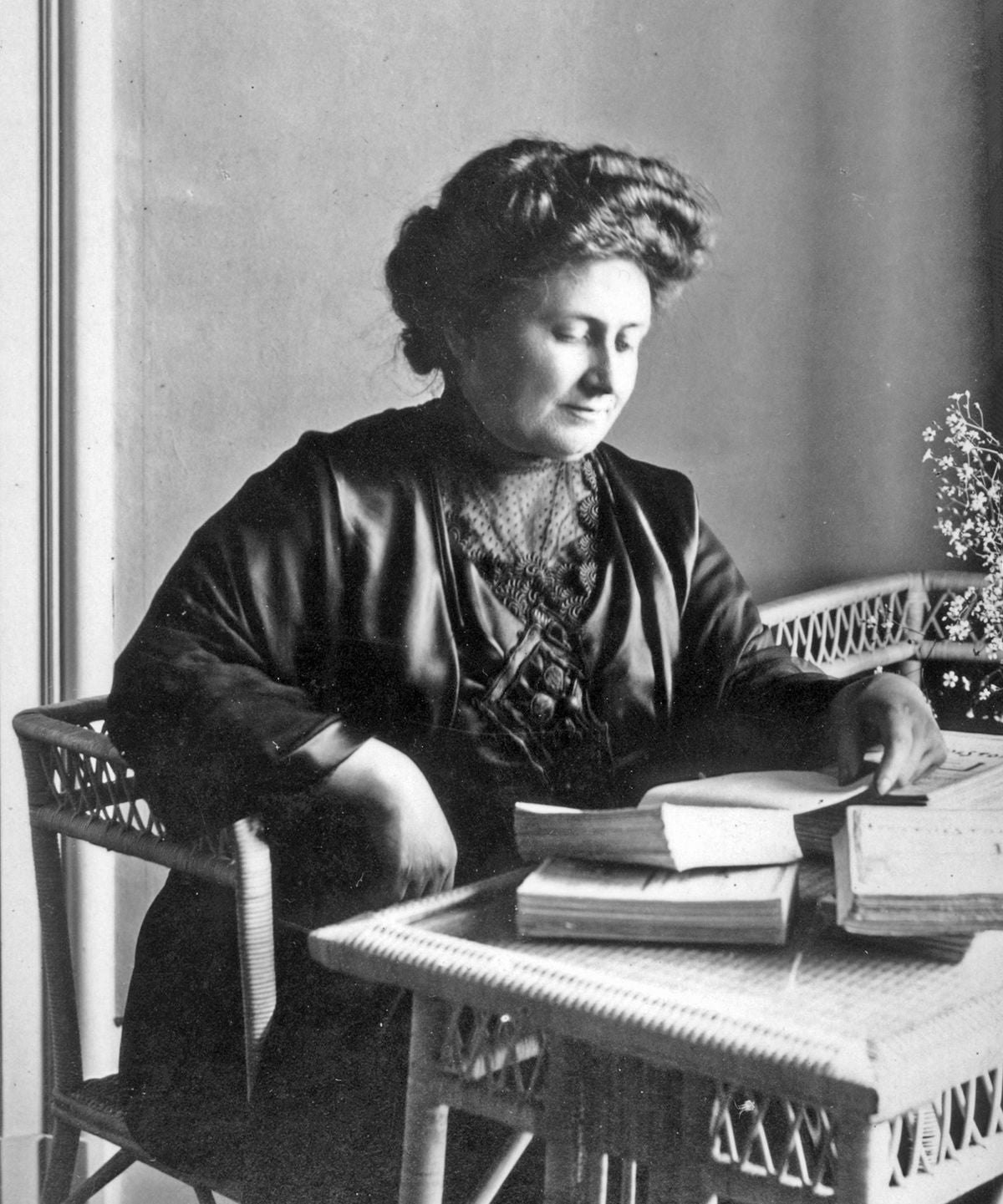Who Was Dr. Maria Montessori?
Dr. Maria Montessori was one of the first female doctors in Italy in the late 1800s. Trained as a physician, she worked with poor families and children in Rome. During her medical practice, she observed something remarkable: children who lacked stimulation would pick up breadcrumbs from the floor to satisfy their sensory needs.
This realization shaped the rest of her life. Dr. Montessori understood that traditional medicine and teaching methods were not enough to help these children. Instead, she devoted herself to education, psychology, and anthropology, searching for a way to support children’s natural development.
In 1907, she opened the first Casa dei Bambini (“Children’s House”) in Rome. Designed for low-income families, it quickly became a model of child-centered education. Her method spread internationally, reaching the United States by the early 1900s. Until her death in 1952, Dr. Montessori continued to refine and promote her revolutionary approach, which today is known worldwide as the Montessori Method of education.
Montessori vs. Traditional Education
One of the key differences between Montessori and traditional education lies in the role of freedom.
Traditional education: Children are expected to learn the same lesson at the same pace, directed by the teacher. The adult is the main source of knowledge.
Montessori education: Children learn at their own pace, guided by their interests. Materials are placed on shelves from easiest to most difficult, allowing independent exploration. The teacher acts as an observer and guide, introducing new lessons only when a child is ready.
This individualized approach is one of the reasons Montessori education is often described as fitting “every child,” unlike traditional methods that rely on standardization.
Freedom with Discipline: The Montessori Philosophy
The Montessori Method is sometimes misunderstood as “no rules.” In reality, Montessori classrooms and homes are full of structure. Freedom is given within limits to support growth and responsibility. For example:
A child cannot take learning materials outside the prepared environment.
Eating must be done sitting down, not while standing or walking.
These simple rules help children build self-discipline and respect for themselves, others, and their environment.
The Child, the Adult, and the Environment
In traditional classrooms, the focus is primarily on the teacher’s influence over the child. Montessori education introduces a new balance:
The child explores freely and chooses work that matches their interests.
The environment is carefully prepared to inspire curiosity and independence.
The adult (teacher or parent) observes, guides, and adjusts the environment as needed.
This three-part relationship creates a dynamic learning process where the child is the active participant, not the passive recipient.
Montessori at Home: More Than a Classroom Method
Dr. Maria Montessori believed that education should not simply fill a child’s mind with facts, but rather awaken their natural love of learning. Her philosophy is not limited to schools—it can also be applied at home.
Parents can use Montessori principles by:
Providing child-sized furniture and tools.
Offering open-ended, age-appropriate activities.
Setting clear boundaries that allow freedom within structure.
Encouraging independence in daily routines.
By doing so, children not only grow intellectually but also develop confidence, independence, and emotional resilience.
Why the Montessori Method Still Matters Today
More than 100 years after the first Casa dei Bambini, the Montessori Method continues to influence education worldwide. Its focus on independence, respect, and curiosity makes it especially relevant in today’s fast-changing world, where creativity and problem-solving are essential skills.
From classrooms to homes, the Montessori philosophy offers timeless guidance: nurture the child’s natural desire to learn, and you will raise not just students, but confident and capable human beings.

